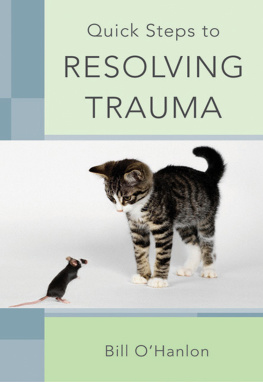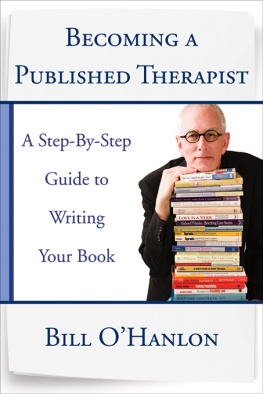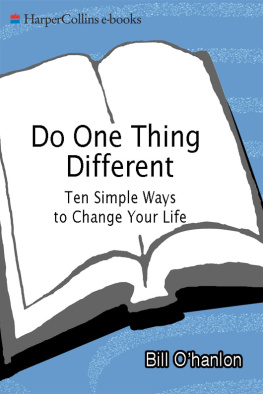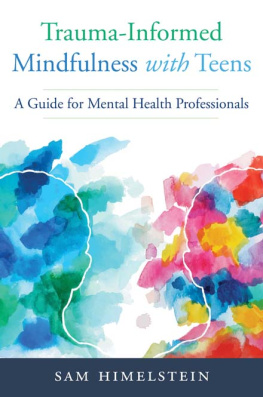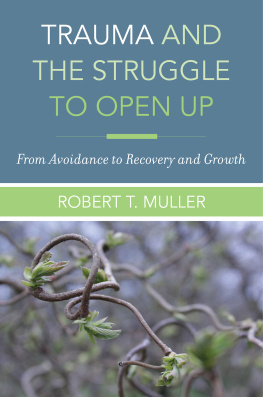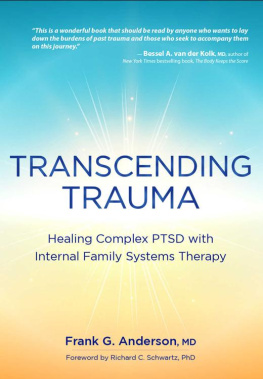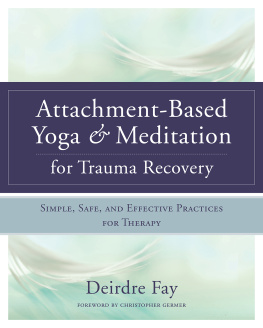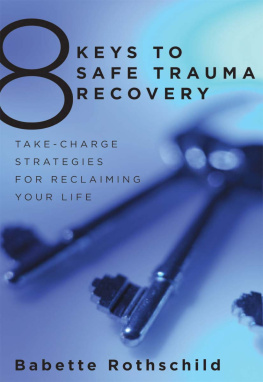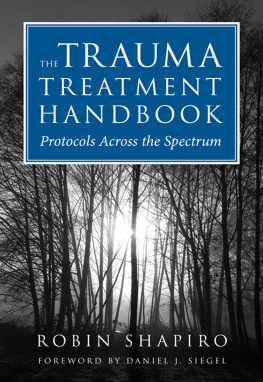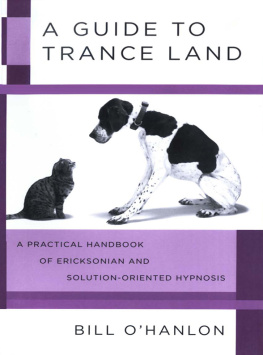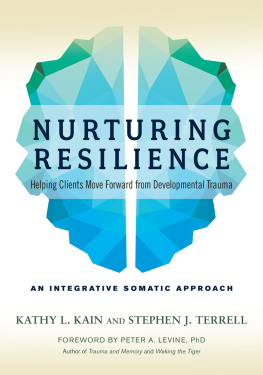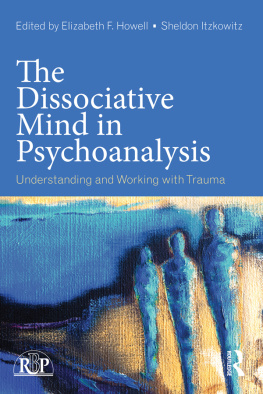Introduction:
Four New Approaches to Resolving Trauma Briefly and Respectfully

Some years back, I was watching the television coverage of the third anniversary of the 9/11 attacks. The news channel CNN was interviewing some mental health expert about what the victims and those indirectly affected could expect to feel in the years to come, in reaction to that terrible day. He said, These people will never get over this.
I had a very visceral reaction to this statement. First, I got angry. The expert was wrong. I knew it from my clinical experience as a psychotherapist who has worked with trauma for 30-plus years. And I was familiar with the professional literature on trauma that says he is wrong as well. People do get over trauma. People can get over trauma.
That moment of watching television led to the writing of this book. After I got angry, I became determined determined to spread the idea that people could get over trauma, and that there are several new, innovative approaches to help them do precisely that.
I had been teaching seminars on the topic of trauma for several years at that point. While there are a lot of books and seminars available on the subject, none of them reflect or mention the ways that my clients and I have discovered that have worked for many of them. While nothing works for everyone, of course, because people are all unique individuals, and varied in their responses, I have found that a number of my clients have responded well to some or all of these methods, which will be discussed in more detail throughout the book.
Nothing is as dangerous as an idea when it is the only one you have.
Emile Chartier
Most of the books on treating trauma are based on traditional, pathology-based views and methods. These approaches focus on the damage that was done to people and on navigating the long, difficult road to recovery that these damaged people face. Those traditional approaches often take years to work. They can be very hard on clients and patients as well as on therapists (there is a whole literature on secondary and tertiary trauma examining how therapists are traumatized by hearing about and working with severely traumatized people).
Interestingly enough, while I was preparing this book, I became immersed in the study of brain plasticity, inspired by psychiatrist Norman Doidges amazing book, The Brain That Changes Itself . The view that I learned in undergraduate-level psychology courses at university turned out to be wrong in a significant way. It was thought in those days that after childhood, brains did not develop new brain cells or undergo any major new structural changes during the mature stages of life. However, research on brain plasticity carried out in recent years has shown that the brain continues to change and evolve throughout the life span. This is both good news and bad news in terms of trauma and its successful treatment. The good news is that successful trauma treatment is possible, because we know brains can change and adapt (within limits, of course), which should provide hope for therapists and clients alike as they work to adjust to life after trauma. By within limits, I mean that not everything in the brain can change in infinite ways. There are some structural limits as well as damage that cannot be repaired. But this brain plasticity can be a double-edged sword. I learned that whatever a person repeats creates neurological grooves in the brainthat is, the brain adapts to a continually repeated pattern, eventually accepting it as the norm. One of the implications of this finding is that focusing on the trauma over and over to treat itwhich is the basis of almost all therapeutic approaches to treating traumamay inadvertently be burning the trauma more deeply into the brain circuits.
I come out of a resource orientation to therapeutic change, strongly influenced by the work and attitudes of the late psychiatrist Milton H. Erickson. Erickson viewed people as resourceful, even admiring their symptoms as skills (albeit gone awry in their application), and drew upon their abilities for change more than trying to ferret out and correct their deficits and pathologies. So when I began to treat larger numbers of trauma clients in the 1980s, I learned traditional approaches to trauma treatment and didnt find them congruent with my view and approach. My clients and I developed the approaches you will read about in this book over time. Those clients taught me more than most of the training I had. Clinical results are a cruel and wonderful teacher. Either people feel better or they dont. Either their functioning improves or it doesnt. I recommend you take the same rigorous approach to the approaches offered in this book. Read about them, learn them, and try them out with a variety of clients. Use what works. Discard or modify what doesnt. Too much clinical work shows loyalty to theories and ideas over clients.

This book offers four alternate approaches to treating trauma. While not minimizing the damaging short-and long-term effects trauma can have, or denying the existence of posttraumatic problems in some cases, the book nevertheless offers a hopeful view that people can move on from trauma relatively quickly, when that trauma is approached in one of these four therapeutic ways. These approaches do not focus on the past, or on reliving trauma over and over again in order to resolve it. They offer some different ways to respectfully approach and resolve trauma rapidly.

